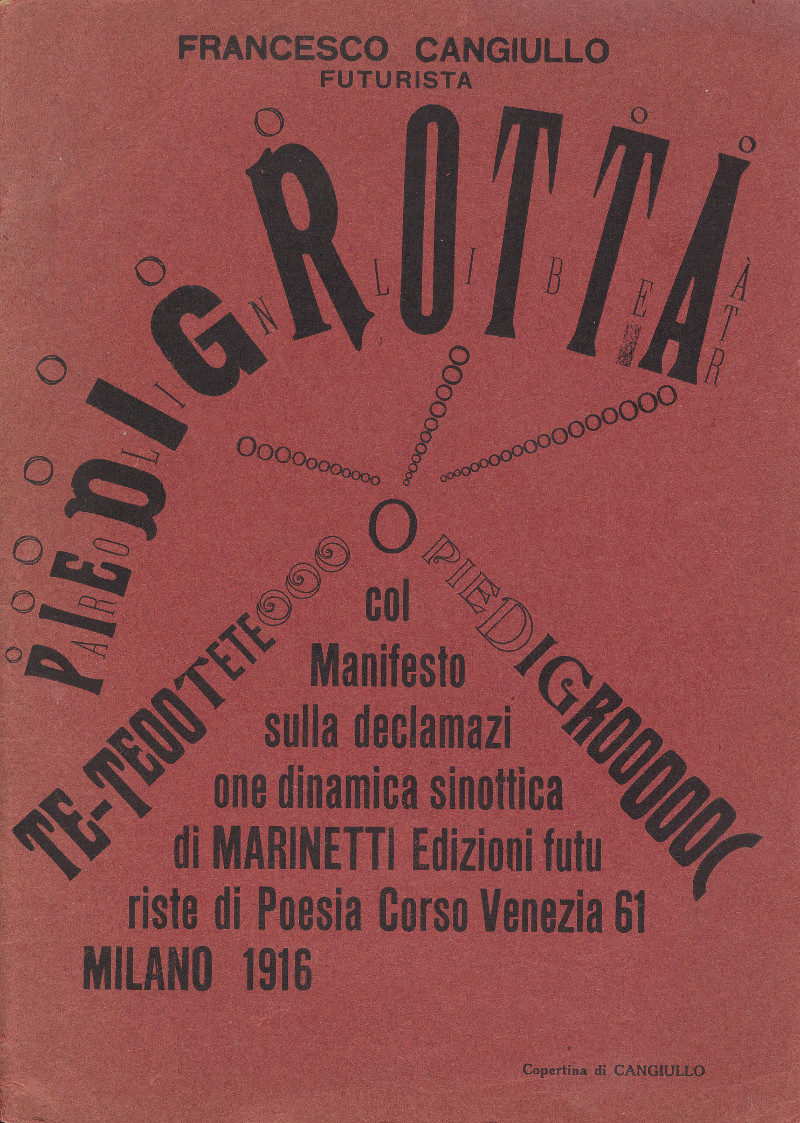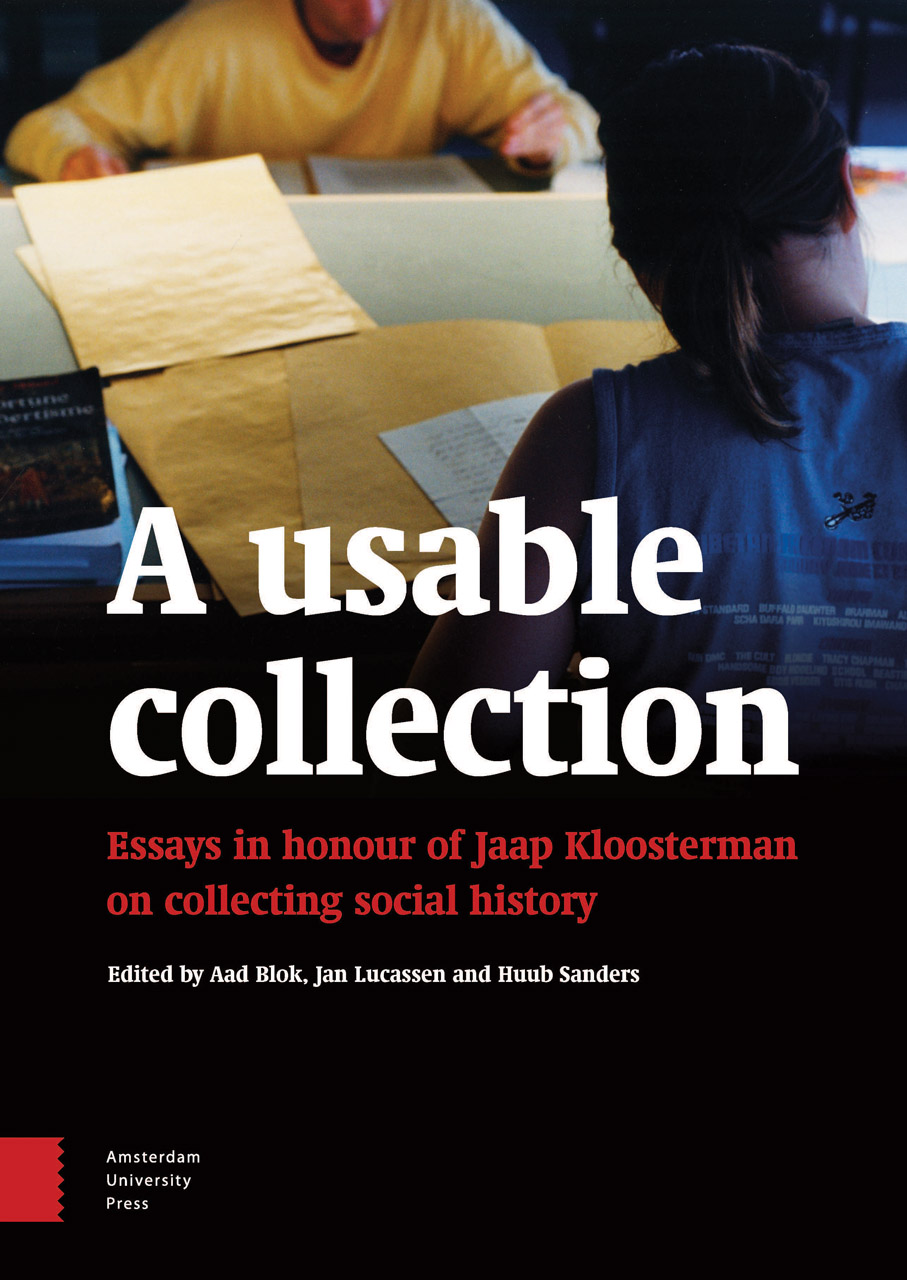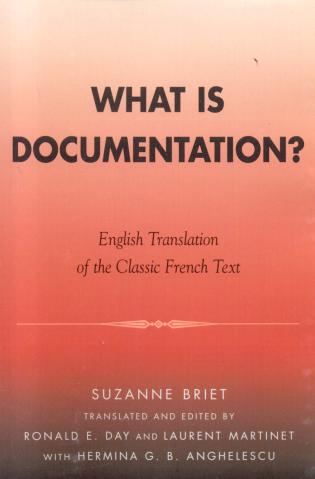Francesco Cangiullo: Piedigrotta (1916) [Italian]
Filed under artist publishing | Tags: · futurism, poetry, visual poetry

“Francesco Cangiullo, from Naples, was essentially a comedian; his theatrical attitude towards life that turned whatever he did into a performance. For this reason, Cangiullo could have equally well been a Futurist, a Dadaist, or a Surrealist. Indeed, in 1916, Cangiullo’s writings were published on the pages of the Zurich Dadaist journal Cabaret Voltaire. This volume featured many “words-in-freedom” of hilarious and ludic tone, with a dramatic and almost surrealistic bend. Cangiullo’s Piedigrotta: Manifesto on the Dynamic and Synoptic Declamation theorizes a kind of robotic and syncopated declamation.
The title and cover illustration, Piedigrotta, come from an annual Naples folk tradition, a pyrotechnic feast with extraordinary fireworks. These elements suggest the explosive thrust of Mt. Vesuvius, the volcano that stands over the gulf of Naples. Futurist evenings were also explosive. Originally introduced as literary and artistic evenings, they often turned into riots with people fighting, screaming and throwing all kinds of objects onto the stage. Cangiullo’s Piedigrotta features both explosive content and form.” (Source)
Piedigrotta: col manifesto sulla declamazi one dinamica sinottica
Publisher Edizioni Futuriste di Poesia, Milan, 1916
28 pages
via Beinecke Rare Book & Manuscript Library
Commentary: Mladen Ovadija (2013).
PDF (127 MB)
Comment (0)A Usable Collection: Essays in Honour of Jaap Kloosterman on Collecting Social History (2014)
Filed under book | Tags: · archive, archiving, collecting, history, knowledge, labour, memory, socialism, society

Established in 1935, the International Institute of Social History (IISH) based in Amsterdam is one of the world’s leading research institutes focused on social history and holds one of the richest collections in the field. This volume brings together thirty-five essays in honor of the IISH’s longtime director Jaap Kloosterman and gives a rare insight into the history of the institute and the development of its collections in particular.
Jaap Kloosterman came to IISH in 1969 to work on the Archives Bakounine, an edition of the collected works of the Russian anarchist. Head librarian in 1985 and deputy director in 1987, he worked as the Institute’s director between 1993 and 2008. He edited works of Mikhail Bakunin, Anselme Bellegarrigue, Carl von Clausewitz, Rosa Luxemburg, Max Nettlau, Anton Pannekoek, and Aleksandr Shapiro, among others, and translated works of Bakunin and Guy Debord. (from profile at IISH)
Edited by Aad Blok, Jan Lucassen and Huub Sanders
Publisher Amsterdam University Press, August 2014
Creative Commons License CC BY NC ND 3.0
ISBN 9789089646880
eISBN 9789048523856 (pdf)
489 pages
Suzanne Briet: What is Documentation? (1951/2006) [French, English]
Filed under book | Tags: · bibliography, cultural techniques, data, document, information, knowledge, knowledge production, library

Born in Paris in 1894, Suzanne Briet was active in the development of what was then known as Documentation but would now be called Information Management or Information Science. In 1931, she participated in founding the Union Française des Organismes de Documentation (UFOD). She was a leader in developing professional education for this new specialty and designed a plan for what would have been the first school of Documentation / Information Science worldwide, had it been established. In 1951, when a school of information science was finally established, Briet was the founding Director of Studies. She became Vice President of the International Federation for Documentation (FID) and acquired the nickname “Madame Documentation.”
What is Documentation? relates this fascinating story and includes the first English translation of Briet’s remarkable manifesto on the nature of documentation, Qu’est-ce que la documentation?. Part I sought to push the boundaries of the field beyond texts to include any material form of evidence (“Is a living animal a document?” she asked). Part II argued that a new and distinct profession was emerging. Part III urged the societal need for new and active documentary services.
This tract remains significant due to its continuing relevance towards understanding the nature, scope, and societal impacts of documents and documentation. Briet’s modernist perspective, combined with semiotics, deserves attention now because it offers a sturdy and insightful alternative to the scientific, positivist view that has so dominated information science and which is increasingly questioned.
Publisher EDIT, Paris, 1951
48 pages
via Laurent Martinet
English edition
Translated and edited by Ronald E. Day and Laurent Martinet with Hermina G. B. Anghelescu
Publisher Scarecrow Press, 2006
84 pages
via Ronald E. Day
Reviews: W. Bede Mitchell (College & Research Libraries, 2007), Jonathan Furner (Libraries & the Cultural Record, 2008).
Publisher (EN)
Qu’est-ce que la documentation? (French, 1951, updated on 2017-11-16)
What is Documentation? (English, 2006, PDFs), single PDF (OCR’d, added 2014-8-14 via Marcell Mars)

